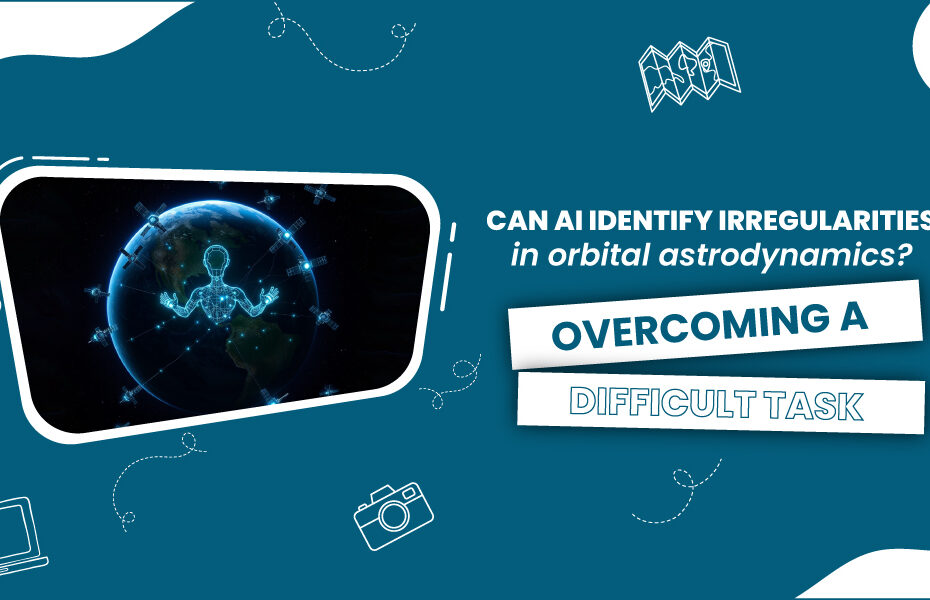Success in space projects is something that all nations strive for.
The desire to know more about our universe and the global dependence on the use of satellites has led to an increase in space traffic. As a result, forecasting and managing anomalies in orbital dynamics has become a matter of concern.
Orbital Astrodynamics is simply the study of the motion of objects in space, like rockets, satellites, and spacecraft. This is especially important when talking about the trajectories and orbits of such objects. And the idea of using artificial intelligence (AI) to aid these issues of space is an astounding prospect. A surge of technology, data availability, sophisticated search algorithms, and ever-improving AI methods are making it possible to use AI to cater to vast interconnected data and its use.
However, in the fields of orbital dynamics, the volume of data, its quantity, and its relevance pose a big issue. This is particularly true when dealing with rare events like anomalies or collisions.
AI has been found to perform exceptionally well in environments with abundant data and frequent patterns. However, the infrequency of anomalies in satellite data, combined with the ever-changing nature of orbital mechanics, becomes a great challenge for applying traditional AI methods.
Human experience plays a crucial role in detecting anomalies. When data is limited and uncertainty is high, human intuition and expertise become essential. Without a comprehensive dataset rich in anomalies, AI’s predictions in this field often remain speculative rather than conclusive. AI can aid in processing and flagging potential anomalies, but it is experienced operators who are needed to interpret these findings accurately.
AI alone may struggle to detect elusive and dangerous orbital anomalies. Simply acquiring more data or developing better algorithms may not suffice because anomalies are inherently rare and unpredictable.
Therefore, a fusion of AI and Human Expertise is essential to navigating the unique challenges that arise due to space’s dynamic and unpredictable nature.
In publishing and graphic design, Lorem ipsum is a placeholder text commonly used to demonstrate the visual form of a document or a typeface without relying on meaningful content.
